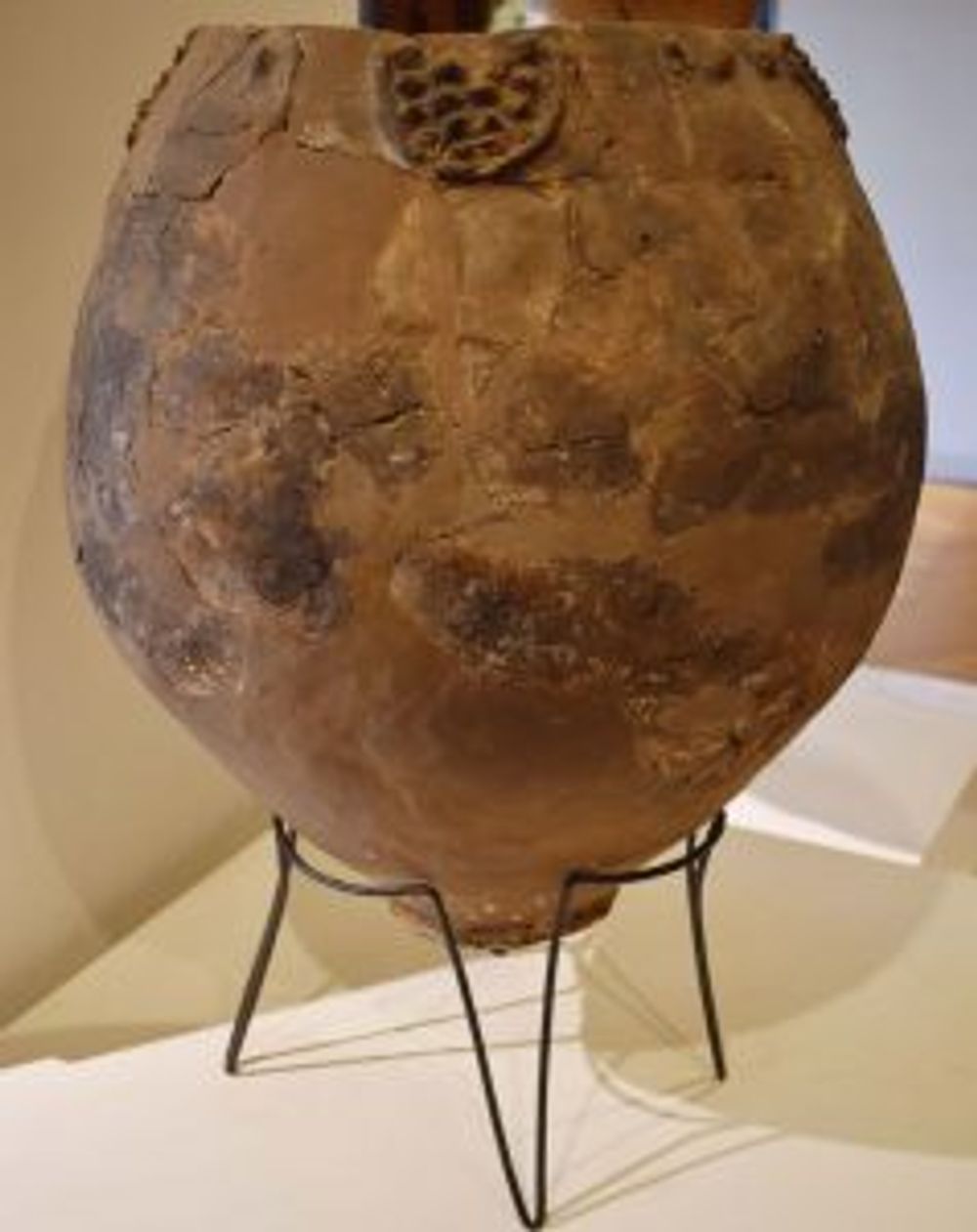As Georgian wine exports continue to rise globally, how do they fare with the UK on-trade? Industry experts Martin Lam and Doug Wregg share their views.
Though still a relatively small player in the wine world, Georgia is catching up fast. Plantings, production, volumes and exports are all increasing rapidly and imports to the UK alone were up 28% last year (2015/6). Latest statistics show that between January and October of this year Georgia exported 61 million bottles of wine globally – a rise of 59% compared to the same time period last year.
Georgia has a great and compelling story to tell about its extraordinary wine heritage including recent news that it has found evidence of winemaking existing as far back as 6,000BC – hundreds of years earlier than previously believed.

Since Georgia’s National Wine Agency was founded in 2014, it has been on a mission to tell that story as well as the renaissance of the industry after independence in 1991. In the past few years, scores of international wine buyers, sommeliers and influencers have visited the country to experience its unique and flourishing viniculture.

Heidi nam Knudsen (l) with Yotam Ottolenghi
Despite the buzz, on-trade listings in the UK remain inconspicuous and are mainly limited to restaurants and wine bars specialising in natural wines or with complementary food styles, such as the Ottolenghi Group. Its wine buyer and head sommelier, Heidi nam Knudsen, was one of the UK’s earliest champions of recent Georgian wine vintages.
A business trip to the country introduced her to the indigenous food and wines that share so much with Ottolenghi’s Middle-eastern/European influenced cooking. Consequently, Georgian wines feature strongly on the restaurants’ small but frequently changing wine lists, offering, typically, four or five red, rosé, and orange options. A highlighted section dedicated to orange wines is a helpful signpost for clients, giving a brief description of the skin-contact winemaking process that is synonymous with much of Georgia’s finest wines.
It’s important to get provenance across rather than technical details with Georgian wine

Martin Lam: The skin contact whites were interesting not challenging
Food, wine and restaurant consultant, Martin Lam, who visited Georgia for the first time this year, is a more recent convert.
“What I found far surpassed the most obvious and well-known aspects of Georgian wine. These are wines I can see on my clients’ wine lists – not the experimental, hard core, novelty wines that first appeared a few years ago and were rejected, quite rightly, by consumers,” says Lam.
Notwithstanding distribution and pricing factors, there are a number of other challenges for Georgian winemakers with regard to the UK on-trade market. Traditionally made qvevri wines, by definition, are not suited to high production yields. At the other end of the scale, competition from the rest of the world is tough. As Lam explains: “UK potential will be further defined by the continuing quality of winemaking and the aspirations of the [Georgian] winemakers.”
He cites the Georgian Wine and Spirit Company as one example of a producer he visited who is able to make and export different styles of wine at competitive price points. “First and foremost, they can demonstrate and practise sound winemaking in both traditional and more conventional European methods. The result of which are wines that show regional and varietal characteristics that are pleasurable to drink, that make options for a wine list.”
Lam believes that, at the right price point, Georgia’s great red varietal, Saperavi has a place on UK wine lists, potentially replacing Tempranillo, Sangiovese or southern Rhone varieties – “all those wines that need food and offer a high level of enjoyment.”
“The [long skin contact] whites we tried in Georgia showed that, when well handled, they offer something that’s interesting rather than challenging. As soon as it becomes challenging, it’s unviable. It becomes a religion. You’re asking people to believe in it. I have experienced this previously, for example, with challenging Jura wines, and murky natural wines from South Africa and Australia that were being sent back. People are not interested in an expensive Chenin Blanc that tastes like cider.”
And, like the reds, they are first and foremost food wines. “They will never compete with blander, quaffing wines such as Pinot Grigio. They are too spicy and flavoursome.”
Menu descriptions are clearly another challenge for those introducing Georgian wines to their lists. Some context or explanation to the cultural, historical and geographical background is needed. Lam continues, “Menu descriptors are important. Though I would rather refer to ‘ancient traditions’ than technical details. Provenance as an indicator of quality is important and that’s where Wines of Georgia needs to tell its story – a story of food and wine culture.”
Another factor is the pronouncability of Georgian wines (whether by variety or region). Customers are loath to order anything they cannot pronounce and few have even yet come across the most common varietals, Rkatsiteli (white) and Saperavi (red). One obvious exception to this is Kisi which arguably has the most alluring name of any grape. This star of both international style whites and qvevri-made orange wines has a bright future here.
The success of Georgian wine in the UK will depend upon how consistent the quality is
No one understands this better than Doug Wregg, sales and marketing director of Les Caves de Pyrene. As the UK’s leading importer, distributor and seller of Georgian wines, Les Caves has put more than its fair share of Georgian wines on UK tables in recent years.

Doug Wregg: Getting used to the new flavours takes time
“There is still some confusion about the differences between commercially made wines and artisanal production from Georgia,” Wregg says. “The on-trade needs to direct customers to more unusual wines, something we are going to introduce at Terroir [one of Les Caves’ own restaurants] with a Wine of the Week/What We’re Drinking Now specials menu, to encourage people towards unfamiliar wines. It takes time to get used to these new flavours – marmalade, sake, etc., but once you do, it’s hard to let go.”
Wregg believes that the novelty factor that Georgian wines experienced five or six years ago is on the wane.
“Early adopters such as Ottolenghi opened the door. Now, it’s like a revolving door. You’re more likely to bump into someone from the industry in Georgia than here!”
Like Lam, Wregg believes that Georgia’s success in the UK depends on how well producers can match their peers for consistent quality. Wregg says, “Georgia gets more publicity but is not in the same class as its peers. There is not enough emphasis on terroir. It [currently] relies more on infusion than extraction”.
When it comes to qvevri made wines, Georgia has everything to play for. Wregg continues, “There is an unremitting curiosity for long skin contact wines. Clay as a medium for making wine is something we’re going to see more and more of. Competition in general will come from skin contact producers, anything made in clay pots, from Italy, Austria, Slovenia.”
“Georgian wines have been punching above their weight but they are now starting to accept a bit of advice. Wines to be drunk for pleasure need to raise their game, (less time on skins for example). But as their wines are improving, so is the market.”
The future, he predicts, looks decidedly orange. “Orange wines are incredibly versatile. If you had to choose one wine, make it orange. Sommeliers are catching up to that.”
































